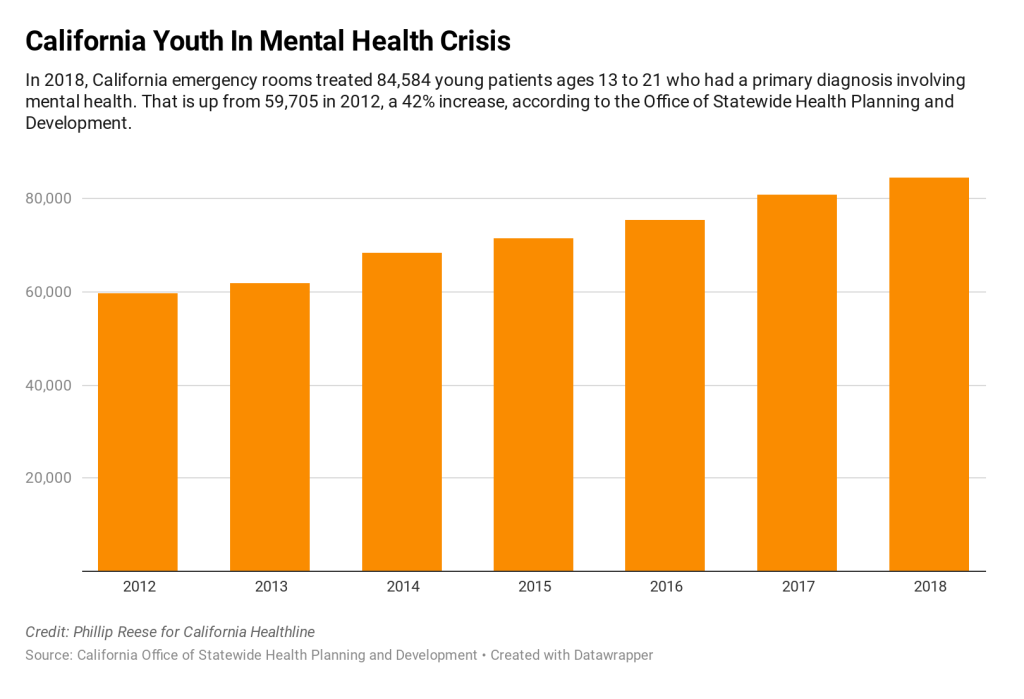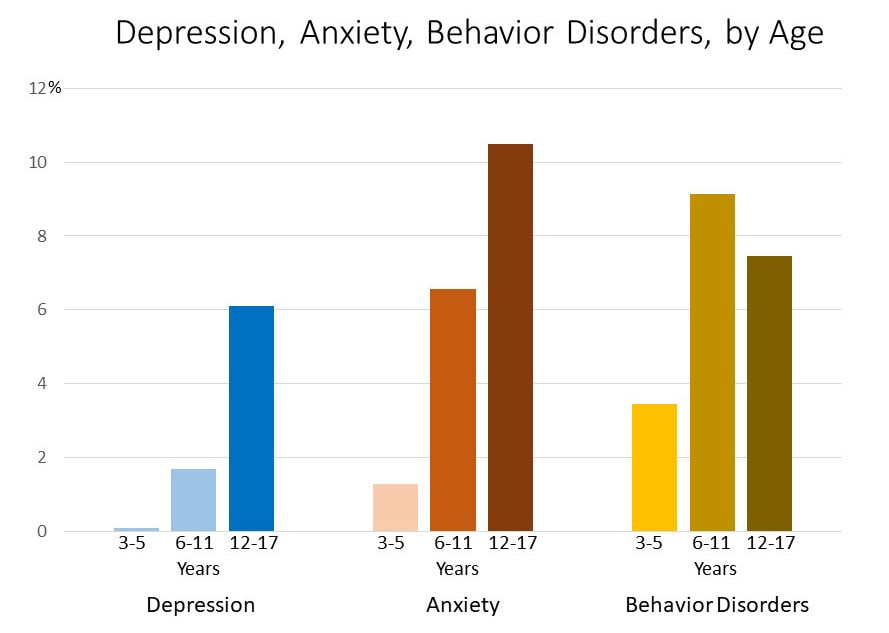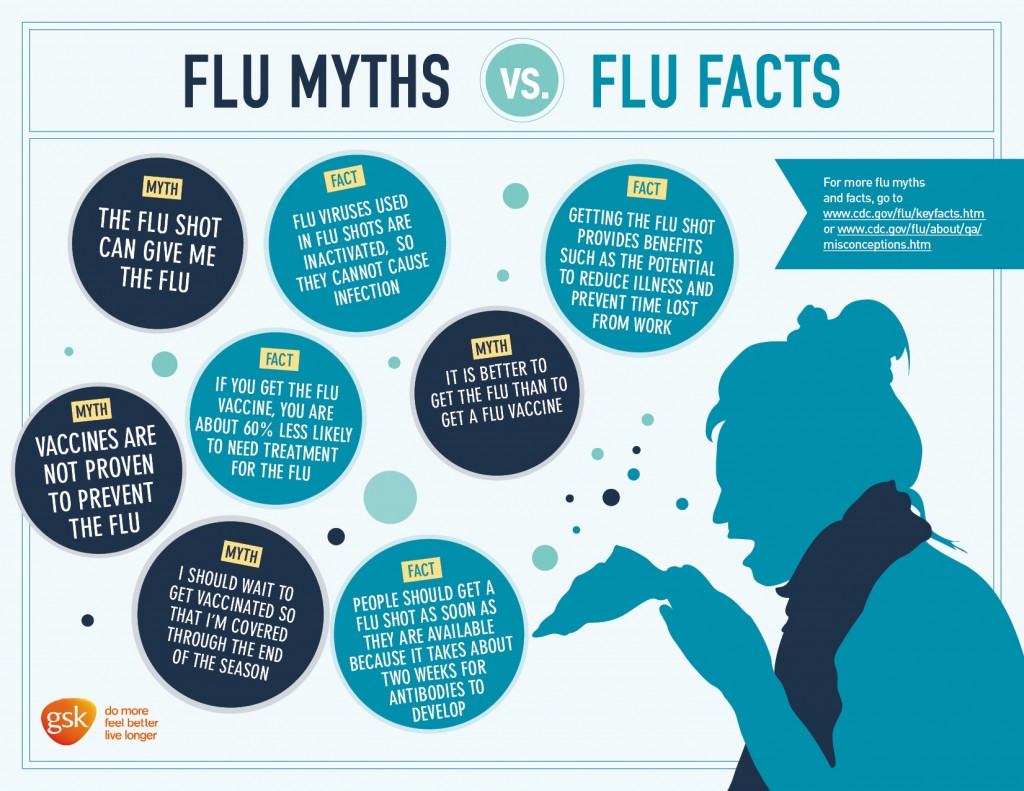Mental illness is a disorder of brain function. A study published in the Journal of Abnormal Psychology in 2019 indicates the teen mental health crisis continues to grow.
 More Adolescents Seek Medical Care For Mental Health Issues California Healthline
More Adolescents Seek Medical Care For Mental Health Issues California Healthline
50 of mental health problems are established by age 14 and 75 by age 24.

How many teens have mental health problems. Almost a quarter 24 of people aged five to 19 who have a mental disorder were in a family that have been struggling to. Approximately 8 percent of teens between 13 and 18 have an anxiety disorder according to the National Institute of Mental Health. According to the World Health Organization 10-20 of children and adolescents worldwide experience mental health disordersThe American Journal of Managed Care cites that between 2008 and 2017 the amount of adults that experienced serious psychological distress.
1 in 6 US. It often interferes with a teens ability to socialize with friends. In 2019 it was estimated that one in seven adolescents experience mental health conditions i.
Given the prevalence of mental health problems in children and young people its no surprise that psychotherapists on TikTok have amassed millions of followers and likes over the past year. More parents of teen girls than. Todays generation of young people are experiencing more mental health issues than ever.
According to a new report diagnoses of major depression have risen by 33 percent since 2013. There are many different classes and. Now five children in a classroom of 30 are likely to have a mental health problem.
Spending more than 3 hours on social media per day puts adolescents at a higher risk for mental health problems. Mental health conditions constitute a major burden of disease for adolescents globally. 25 of 18 to 25-year-olds report mental illness.
Important Teen Mental Health Statistics for Parents TEENAGE MENTAL HEALTH STATISTICS. Youth aged 6-17 experience a mental health disorder each year 50 of all lifetime mental illness begins by age 14 and 75 by age 24 Suicide is the 2 nd leading cause of death among people aged 10-34. 59 of youth with major depression do not receive any mental health treatment.
We cannot conclude that social media causes mental health problems but we do think that less time on social media may be better for teens health Social media use among teens is widespread. And teenage mental health statistics show that this rate is rising even faster among millennialsup by 47 percent. Researchers found that 46 of 977 parents of teens said their child has shown signs of a new or worsening mental health condition since the start of the pandemic.
Nearly 90 percent of teens who died by suicide had an underlying mental illness. Youth experiencing MDE continue to go untreated. Anxiety can severely impact a teens life as well.
Recent polls have found that 95 of teens in the US. What the researchers call social and family context clearly matters. This amounts to an estimated 175 million adolescent boys and girls globally an increase of about 4 million since 2000.
Even among the states with greatest access for youth almost 50 of youth are still not receiving the mental health services they need. Major Depression in Teens. Recent studies indicate that approximately one in five teens between ages twelve and eighteen suffer from at least one diagnosable mental health disorder.
20 of adolescents may experience a mental health problem in any given year. One of the most common mental disorders among young adults in the United States is depression. 13 of kids ages 12-17 report depression and 32 report anxiety.
Each year in America 1 in 5 teens aged 1318 experience a mental health condition. More than 11 of adolescents and teens report experiencing at least one major depressive episode in the last. 2 10 of children and young people aged 5-16 years have a clinically diagnosable mental problem 3 yet 70 of children and adolescents who experience mental health problems have not had appropriate interventions at.
LGBTQ individuals are almost 3 times more likely than others to experience a mental health condition such as major depression or generalized anxiety disorder. Have access to a smartphone and close to 75 of teens have at least one social media account.
